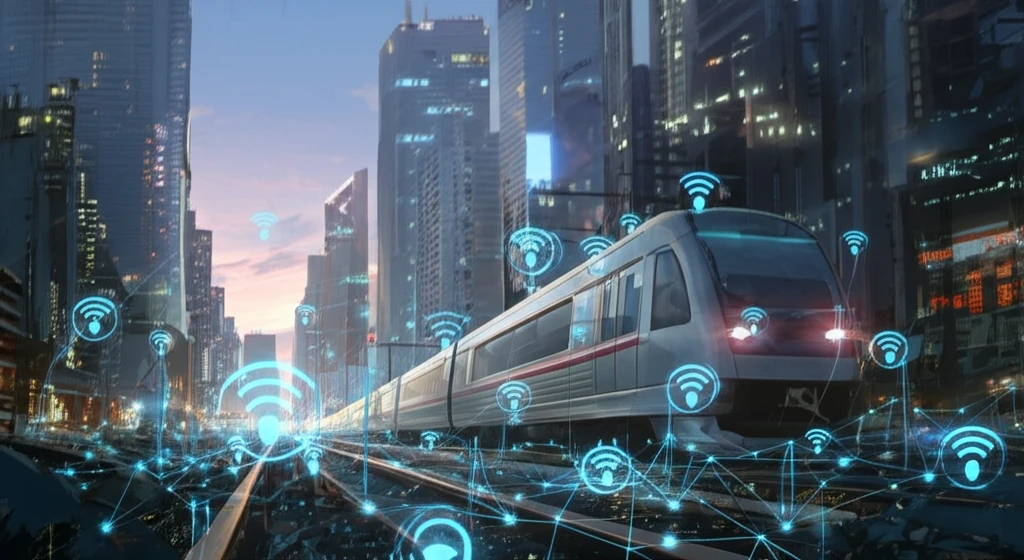
Safe Travels: How Active Safety Tech is Revolutionizing Rail
"Explore the cutting-edge technologies that are making train travel safer than ever before, from real-time monitoring to AI-driven risk assessment."
Train travel evokes a sense of nostalgia. Yet, behind the scenes, the rail industry is undergoing a high-tech revolution focused on one thing: safety. Active safety systems, which use real-time data and advanced analytics to prevent accidents, are transforming rail transportation, making it safer and more reliable than ever before. Forget the old image of trains relying solely on traditional safety measures; the future of rail is intelligent, responsive, and actively working to protect passengers and cargo.
Active safety assurance plays a pivotal role in complex large-scale engineering systems, and is a way to keep systems working properly. It's all about the system's ability to perceive its state and make controlled adjustments to reduce risk and prevent accidents. Essentially, it involves modeling, analyzing, and controlling the complex system activities. This proactive approach is increasingly essential not just in transportation, but also in power systems, the Internet, military operations, nuclear industries, and aerospace.
Let's dive into the key concepts driving this revolution and what they mean for the future of safe train travel.
Decoding Active Safety: Concepts and Tech

The cornerstone of active safety in rail is the 'safety region' concept. Think of it as a virtual boundary that defines the safe and stable operating conditions for a train. This region is quantified using data related to the train's state – its speed, location, the condition of its equipment, and environmental factors. By monitoring these variables, the system can determine if the train is operating within acceptable limits. If a variable veers outside the safety region, the system triggers alerts and initiates corrective actions.
- Real-time monitoring of equipment health.
- Early warning systems that detect potential hazards before they escalate.
- Risk assessments that consider a multitude of factors impacting safety.
- Automated control measures to mitigate risks and ensure smooth operation.
The Future is Safe
Active safety systems represent a paradigm shift in rail transportation. By leveraging the power of data, AI, and advanced monitoring techniques, these systems are creating a safer, more efficient, and reliable rail network. As technology continues to evolve, we can expect even more sophisticated safety measures to be implemented, further minimizing risks and ensuring passenger peace of mind. These advanced technologies provide passengers the peace of mind that they will have safe travels.
